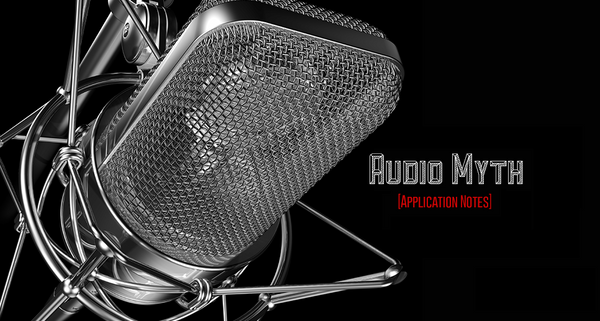IndianEars
Well-Known Member
Please, Most Certainly Do Not destroy your Speaker Cable by cutting it!This is super helpful. Thank.
now to decide which speaker cable to cut (+ or -). They are factory terminated with banana plugs
You have also mentioned “
is there a good way of doing this?
You are at an experimentation stage.
Simply wrap the resistor wire around one of the banana plugs & tape it with an elsatic insulation tape like 'Steelgrip' or use a heat shrink sleeve if you have .... The other wire of the resistor can be directly screwed into the amplifier or speaker terminal.
Another option would be to use Crocodile Clips attached to each side of the resistor.
Or even 2 Crocodile clips Back to back, connected by a Wire (see below)



